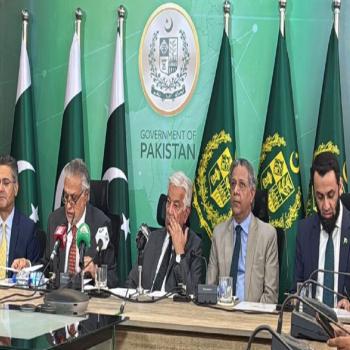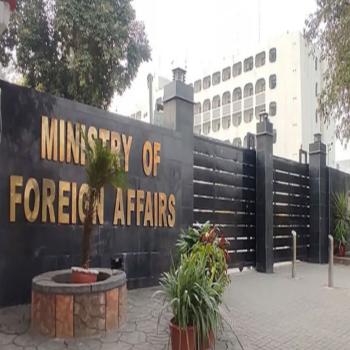In a grim report, the World Health Organization (WHO) has shown serious concern over the shocking rate of maternal and infant deaths in Pakistan, calling on authorities to act quickly to avert these preventable tragedies.
WHO reports that each day in Pakistan, 27 mothers and 675 infants under one month of age die from preventable health complications. That whopping number translates into over 9,800 maternal and 246,300 infant deaths annually — an emergency that must be addressed promptly.
Compounding this alarming picture, a stillbirth toll of over 190,000 cases occurs every year in Pakistan, underlining the need for quick fixes in terms of maternal and neonatal healthcare.
Progress made, but not enough
Despite all these bleak statistics, Pakistan has registered promising strides over the past few years. Maternal deaths have gone down remarkably from 276 deaths per 100,000 live births in 2006 to 155 in 2024. The newborn mortality rate has also reduced, from 52 per 1,000 live births to 37.6. Even stillbirths have decreased from 39.8 per 1,000 births in 2000 to 27.5 in 2024.
The country has also taken significant strides in eradicating maternal and neonatal tetanus (MNT), with nearly 80% of Pakistan’s population now living in MNT-free areas. Regions like Punjab, Sindh, Islamabad Capital Territory, and Azad Jammu & Kashmir have officially eliminated the disease.
Long road to sustainable development goals (SDGs)
WHO advises that although the progress is reassuring, Pakistan needs to invest more to achieve its 2030 Sustainable Development Goals, such as lowering maternal deaths to 70 per 100,000 births and neonatal deaths to 12 per 1,000 births.
To reach these objectives, there must be a strong emphasis on enhancing women's long-term health and well-being, ensuring access to reproductive health care, good antenatal care, life-saving childbirth care, and newborn care — from breastfeeding to infection prevention and nutrition.
It is also important to tackle indirect issues such as anemia, a condition that involves 41.7% of women of childbearing age in Pakistan. Expanding midwife-led care, mental health facilities, access to family planning, education, and economic empowerment may equip women to make autonomous decisions regarding their well-being and children's future.
Experts add that each dollar spent on maternal and child health can return $9 to $20 in economic gains, so it is not only a health problem but also a shrewd economic choice toward a healthier, more prosperous Pakistan.






